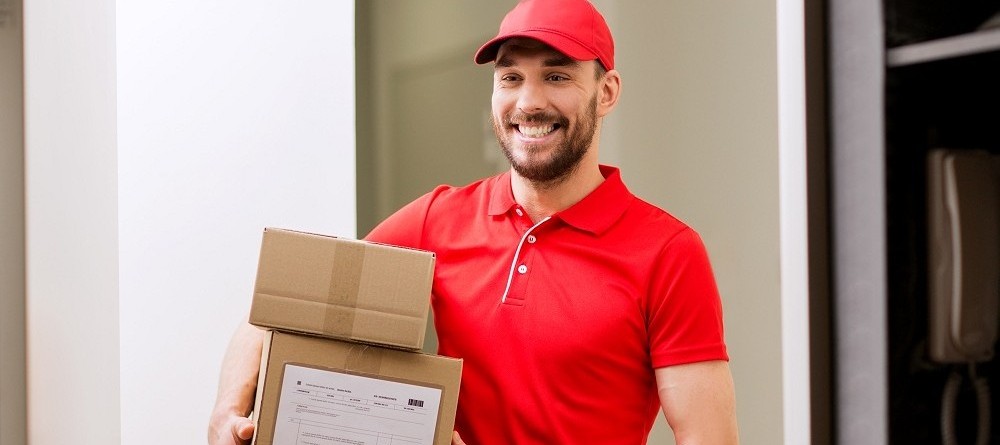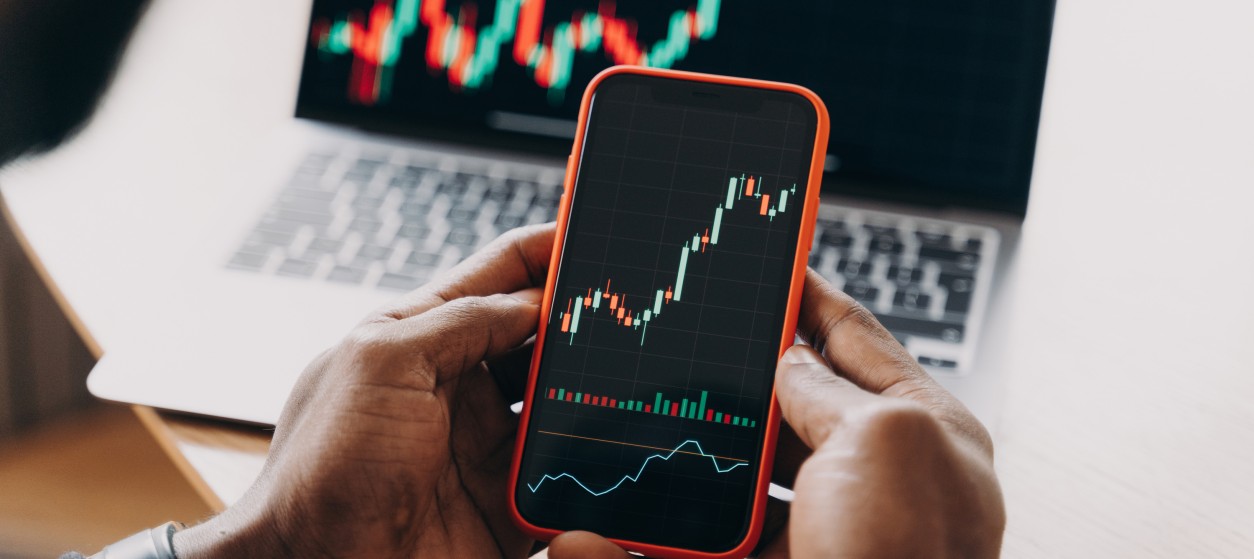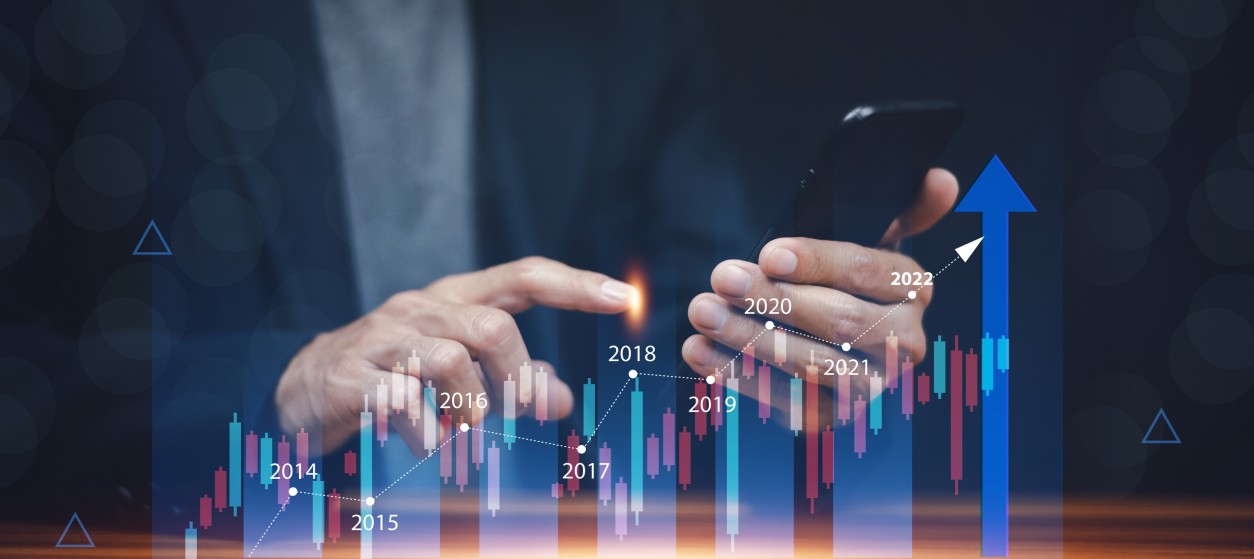In today’s connected world supply chains and value chains stakeholders are digitally interconnected. This applies to all stakeholders of the supply chain, including suppliers of materials, makers and manufacturers, distributors, logistics companies, retailers, and customers. Therefore, proper supply chain management boils down to the effective management of digital data about the various supply chain activities. However, even though all parties are digital interconnected, it turns out that some segments of the supply chain networks are more important than others. This is clearly the case with the customer last mile, which entails the product journey from a warehouse to the end customer. The customer last mile is typically the final step of the supply chain delivery i.e., the step where a product package is received by the customer.
Customer facing activities tend to be more important than back-office activities, as they are directly associated with the customers’ satisfaction. This is what makes the last leg of the goods’ movement so important for modern enterprises. When the last mile of the customer journey operates in effective ways, customers are happy and willing to spend more. In this case, customer response rates and their respective revenues are rising. On the other hand, companies that offer poor customer journeys have troubles acquiring and retaining customers.
Understanding the Importance of Last Mile Activities
Last mile activities are one of the main factors that characterize customers’ brand experiences. Positive last mile experiences attract customers to a brand and boost its loyalty. In this way, they are driving revenues and improving customer satisfaction. At the same time, they have other positive effects on the enterprise, including:
- Call Center Efficiency: Last mile problems are among the primary reasons that keep call centers busy. Therefore, an enterprise’s ability to delivery exceptional customer service experience leads to more efficient and high-performance call centers that cope with reduced call volumes. The latter are a foundation for offering high quality customer service, thus enable a virtuous circle of call center efficiency.
- Improved supply chain performance: The benefits of last mile efficiencies are not limited to improving the performance of after sales services. They also enable increased accuracy in planning and executing supply chain activities such as production forecasting, shipments scheduling and inventory management.
- Automated workflows: Effective last mile delivery yields more predictable and controllable processes. This is a foundation for streamlining workflows and automating processes, since they obviate the need for frequent handling of exceptions. This reduces the need for human agents and opens opportunities for deploying and using automation functionalities like Autonomous Delivery Vehicles, Robotic Process Automation (RPA) software and Artificial Intelligence (AI) based software agents.
- Increased last mile options: Effective last mile activities enable enterprises to diversify their prices and the quality of service that they offer. When customers experience a decent last mile delivery service for free, they are likely to pay more for premium services like instant delivery, same day deliver and other connected customer experiences of that nature.
- Continuous performance improvement: Last mile delivery leaders develop exceptional customer service culture. Hence, they become willing to invest in technology, processes, and human resources towards continually improving their last mile services in ways that set them apart from their competitors. In other words, effective last mile delivery services can become a productivity and competitiveness vehicle.
Digital Tools
Digital technologies are among the main enablers of exceptional last mile customer experience. Some of the most prominent examples follow:
- Multi-channel communications: Enterprises can nowadays interact with their customers through multiple channels, such as SMS, e-mail, mobile apps, push notifications and other communication modalities. This provides the customers with the option to receive information through the channel of their choice and results in an improved and timely customer centric
- Customer experience personalization: Modern companies collect and analyze data from multiple customer touch points. By processing large volumes of such customer data, enterprises can create 360o customer views and related personalized last mile experiences.
- Software based route management: State of the art route planning tools can greatly accelerate product delivery times. Specifically, they provide software agents that always indicate the shortest route to the drivers. This is particularly useful in cases where delivery through known routes can be delayed due to unforeseen circumstances (e.g., heavy traffic, car crashes or other accidents). Moreover, such software agents reduce the cognitive load of the drivers, as the latter do not have to do guesswork about which route works best. In this direction, last mile delivery software is integrated with various cloud services like maps, traffic management and weather information services. Furthermore, advanced route management software come with dynamic rerouting capabilities, while considering multiple optimization objectives (e.g., such as time, cost, and fuel consumption).
- Product aggregation and auto-dispatching technologies: These are also software solutions that aggregate and batch stock keeping units (SKUs) in order to reduce the frequency of deliveries. Such solutions help companies reduce their operational costs, while at the same time reducing the average time of last mile deliveries. Leveraging historical data about orders and deliveries, SKU batching software recommends the optimal delivery window per batch of orders and location. Once upon a time, companies used to perform manual batching. This is no longer an option, as modern retailers must deal with many hundreds or even thousands of orders per day. This asks for automated and intelligent processing.
- IoT sensors for increased accuracy and intelligence: The advent of the Internet of Things (IoT) makes it possible for companies to track large scale fleets and product deliveries in almost real-time. For instance, enterprises know the exact location of their fleet, including the potential problems (e.g., delays) that it encounters. Likewise, IoT sensors provide real-time insights on the status of products (e.g., their temperature) and shipments (e.g., when a product was delivered to the customer). In this way, they can aggregate data from different sources, identify potential bottlenecks and optimize routing plans on the fly. Moreover, IoT data provide valuable insights on the overall performance of the last mile deliveries, such as information on the percentage of deliveries that were delayed and insights on the root cause of the delay. Such information is key for improving delivery and shipment services.
Overall, the quality of last mile deliveries is gradually becoming a key element of the competitiveness of modern enterprises. As more and more consumers order and purchase from their homes, the demand for high quality last mile experiences is skyrocketing. At the same time, last-mile delivery providers are experiencing a surge of demand for their services. In this context, companies must turn to cutting edge digital technologies (e.g., IoT, big data analytics and AI) that help them offer exceptional, customer-centric, last mile experiences to their customers. Technology is not only causing the spike in demand for e-transactions and related delivery services. It is also the solution for making last mile service effective and appealing to consumers.











Excellent analysis of the last mile in the connected customer journey! At Meatonn, we focus on perfecting this final stretch to ensure a seamless and satisfying experience for our customers. Thanks for sharing these valuable insights!